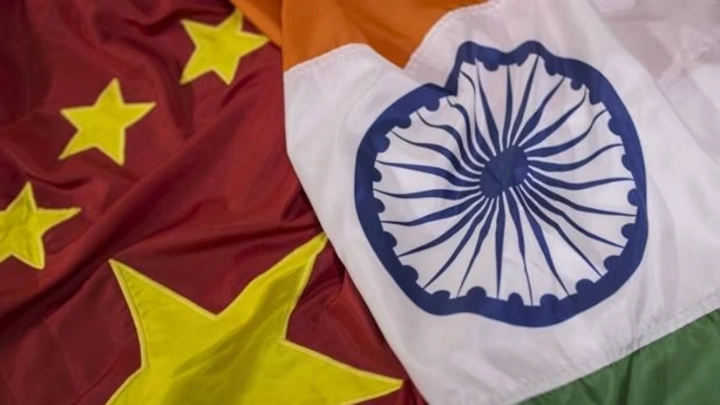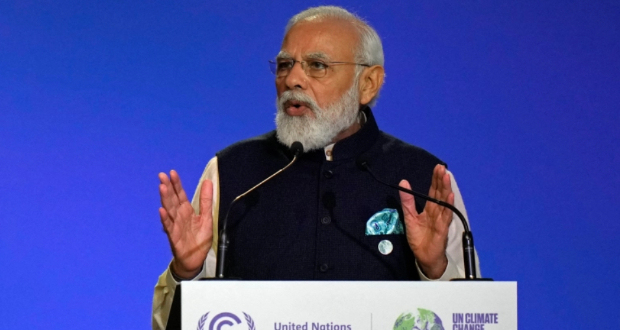The recent announcement of an agreement between India and China regarding patrolling arrangements along the Line of Actual Control (LAC) marks a significant diplomatic breakthrough in one of Asia’s most complex territorial disputes.
This development, coming four years after the deadly Galwan Valley clash, raises fundamental questions about the trajectory of Sino-Indian relations and the broader implications for Asian geopolitics. While External Affairs Minister S. Jaishankar’s characterisation of the agreement as a “return to 2020” suggests a restoration of the status quo ante, the underlying dynamics warrant deeper examination.
The timing of this agreement, announced on the eve of the BRICS summit in Kazan, Russia, reflects the intricate interplay between bilateral relations and multilateral frameworks. This synchronisation echoes historical patterns where major Sino-Indian diplomatic initiatives often coincided with multilateral engagements. For example, it is reminiscent of the 1988 Rajiv Gandhi-Deng Xiaoping breakthrough that occurred against the backdrop of broader Asian diplomatic realignments.
The contemporary context, however, is a more complex tapestry of international relations, with both nations navigating their roles within an evolving global order.
From a theoretical perspective, this agreement challenges traditional realist assumptions about territorial disputes between rising powers. It does not conform with Graham Allison’s “Thucydides Trap” thesis, which posits an inevitable conflict between rising and established powers, for India and China appear to be crafting a more nuanced approach to managing their territorial differences.
This development aligns more closely with constructivist interpretations of international relations. The agreement’s focus on patrolling arrangements rather than permanent territorial settlements reveals a pragmatic approach to conflict management. This bears similarities to the confidence-building measures (CBMs) implemented along the India-Pakistan Line of Control (LAC) in the 1990s, though with notable differences in scope and context.
The approach aligns with what Robert Jervis terms the “security regime” concept, where potential adversaries establish mechanisms to reduce the risk of unintended escalation without necessarily resolving underlying disputes.
Beijing’s Border Pause, Delhi’s Bold Play
Several key factors set the India-China LAC agreement apart from earlier Sino-Indian border protocols.
First, it comes at a time of relative military parity along the Line of Actual Control (LAC), with both India and China maintaining substantial troop deployments in the region, making unilateral aggressive action less likely.
Second, this agreement is shaped by significant global strategic realignments, particularly the evolving competition between the US and China and Russia’s changing influence in Asian geopolitics.




